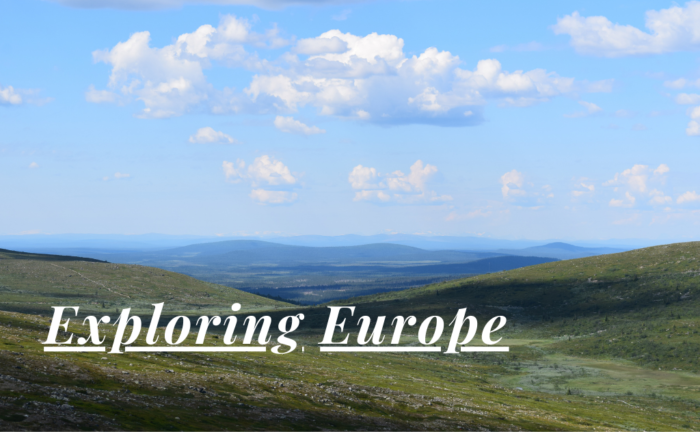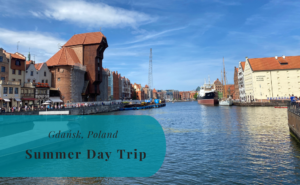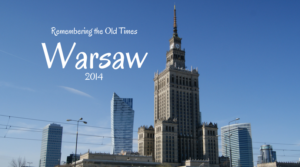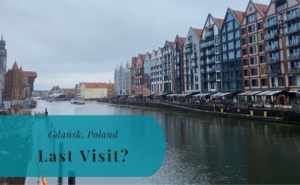Kraków, or Cracow, is a town in southern Poland and one of the country’s former capitals. It lies along the Vistula River in the region of Lesser Poland, not far from the border with both the Czech Republic and Slovakia. It is with its population of around 800.000 the second largest city in the country and is one of the few large cities in Poland where the historical architecture survived the Second World War. The city is one of the main tourist destinations in Poland, with its historical center being a popular destination all year around.
Our Visit to Kraków
We visited Kraków for the first time in 2013, then on a weekend trip from Bratislava where we lived at the moment. A return visit was made first in 2023 when a weekend visit meant a new opportunity to explore the city.






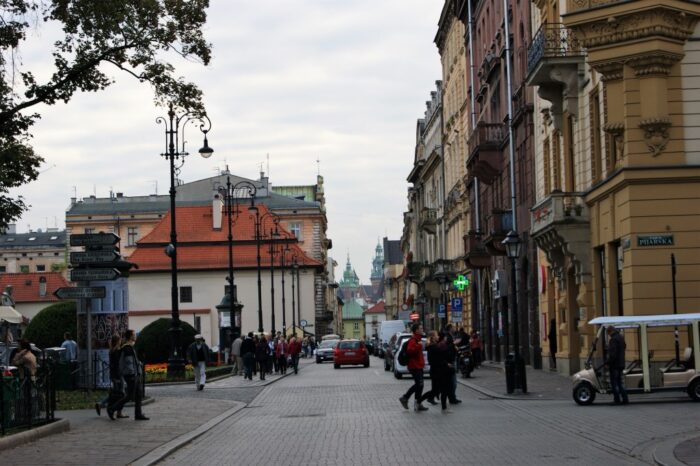


A Short History of Kraków
Kraków formed a part of the Duchy of Bohemia in the 10th century and was already at the end of the century an important center for trade. The many buildings, such as the Wawel Castle and many churches, tell of the city’s rich past. Kraków became a part of the Duchy of Poland sometime during the second half of the 10th century and became the capital of Poland in 1038 when the city replaced Gniezno and Poznań. Kraków was the capital for centuries except for a few years between 1079 and 1138 when the capital was moved to Płock.
The Middle Ages
The kingdoms and duchies changed a lot during this part of history and the city was part of first the Duchy of Kraków and later the Kingdom of Poland. This was during the Middle Ages a fortified city. It was surrounded by a three-kilometer-long defensive wall, which included 46 towers. At this time the Hanseatic League was a trading power along the coasts of the Baltic Sea. But it was not only coastal towns such as Gdańsk, Lübeck, Riga, and Stockholm that were a part of or collaborated with the confederation. Kraków was a member of the league from the 14th up until the 16th century.
Centuries of Changes
The 16th century ended with the capital of Poland being moved from Kraków to Warsaw in 1596 by King Sigismund III Vasa. The following two centuries saw the city being first sieged by Sweden in 1655 before it was taken by Swedish forces led by King Charles XII in 1702. A few decades later in 1768, the city was once more occupied, this time by Russian forces. The city remained a part of Poland however, during both the first and the second partition of Poland. That was, however, not the case during the third partition in 1795 when the city became a part of Austria.
The first period under Austrian rule was cut short by Napoleon. For a few years between 1809 and 1815 the city was a part of the Duchy of Warsaw, a puppet state of Napoleon. After the fall of Napoleon, the Free City of Cracow was established. It did, however, only take until 1846 before the city once more came under Austrian rule. It was first after the First World War in 1918 that the city returned to the reborn Poland.
Second World War
Kraków was once more occupied in 1939 when forces of Nazi Germany entered the city. Atrocities against the population began shortly after and would escalate during the war. It was initially Poles that were arrested by the occupying power. For the Jews, the Ghetto was established and it is estimated that it was initially home to around 16.000 Jews. Many of these Jews were forced to work in nearby factories, something that later was portrayed in the film Schindler’s List. In the end, many of these Jews were deported to the concentration camps, with Auschwitz being one of the camps located nearby.
With a tormented population, the city of Kraków itself fared better. The city was spared from larger destruction during the war. The Germans are believed to have failed with the destruction of the city during their withdrawal and the city did not suffer from Allied bombings.

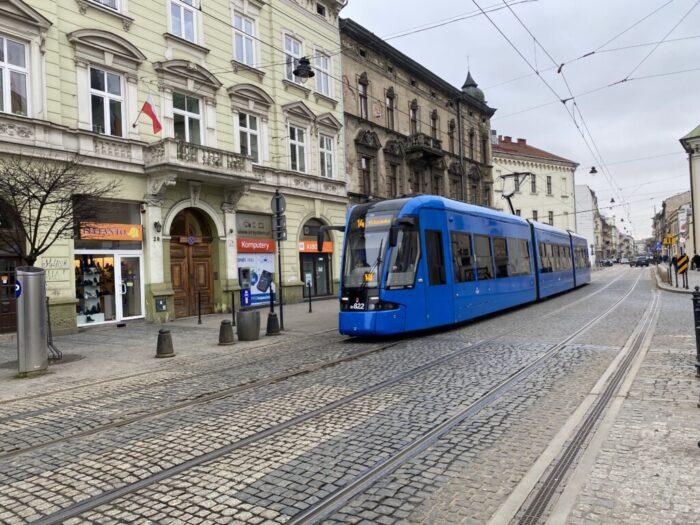

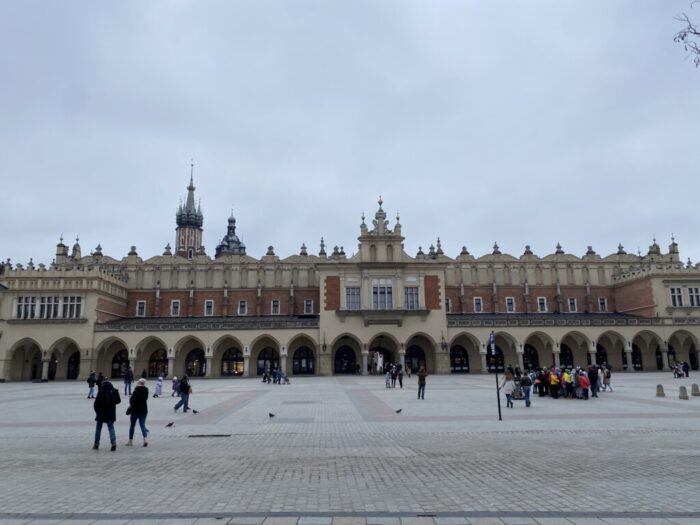
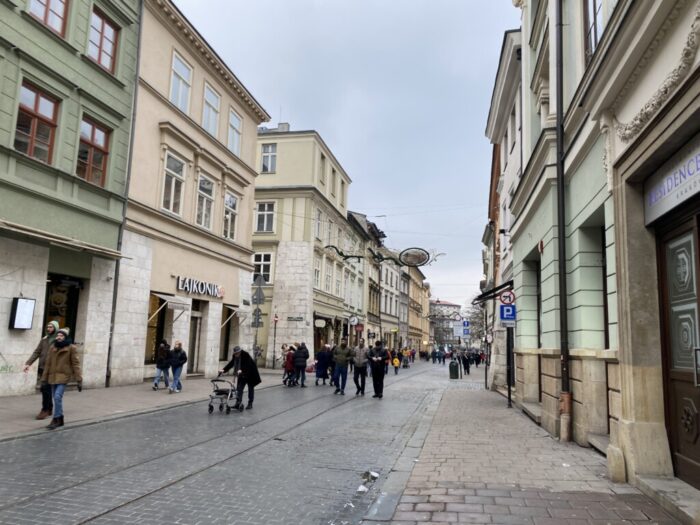


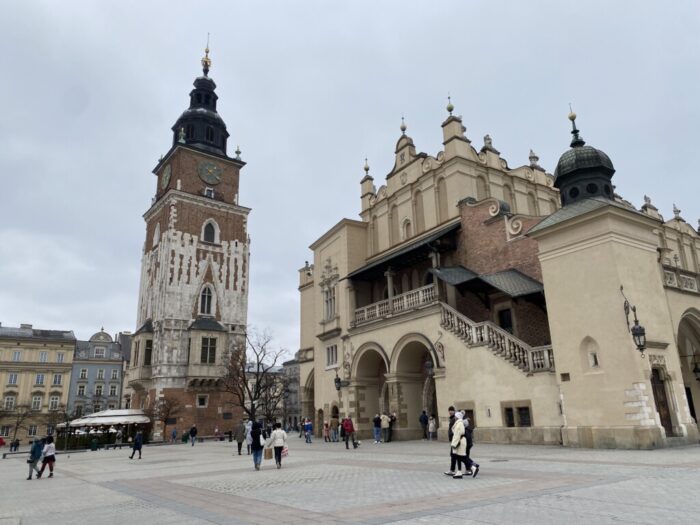

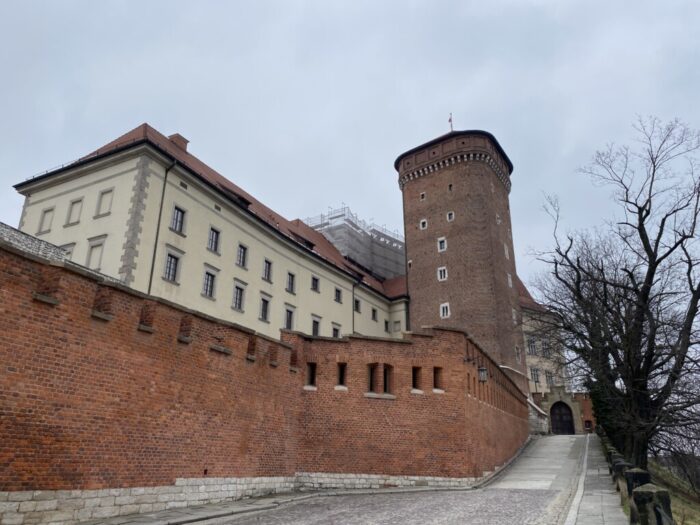



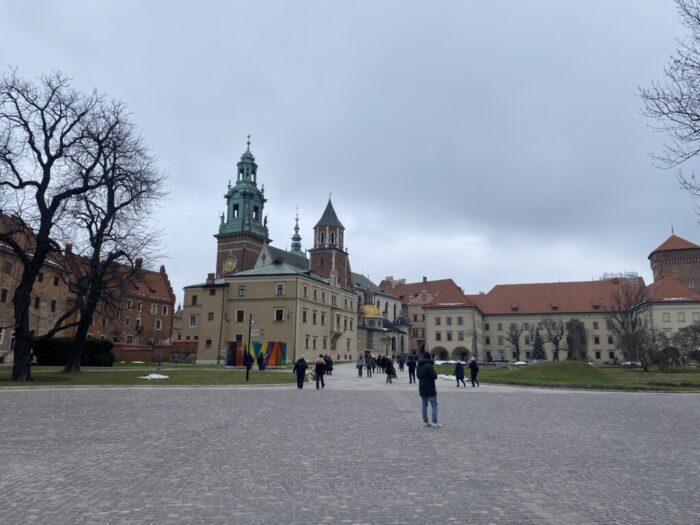
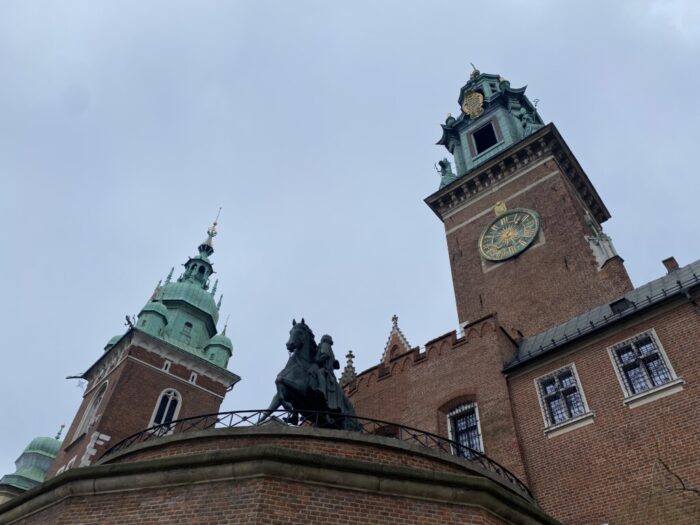
Things to Do and See
Kraków is in many ways an open-air museum. You will find many historical sights here as well as more modern culture. Exploring the historical sights of the Old Toan and its narrow streets is a must. But there is also the surrounding park for some time in the green oasis to enjoy. The city is also one step in trying to understand the horrific history of the Second World War and a popular excursion is to the concentration camps in Oświęcim and Brzezinka. Yes, these are the camps of Auschwitz I and Auschwitz II–Birkenau. Another popular excursion is to Wieliczka, just to the southeast of Kraków. This is the location of the Wieliczka Salt Mine.
Wawel Royal Castle
Wawel Royal Castle is one of the most historical sights in Kraków. In Polish, this is the Zamek Królewski na Wawelu, and it can be found in the southern part of the Old Town. The castle is since 1978 a part of the UNESCO World Heritage Site of the Historic Centre of Kraków. The impressive castle that stands here today was built during the 13th and 14th centuries. From the outside, this is a fortified town in itself, while from the inner yards of the castle, the historical atmosphere has survived.
Between the castle and the Vistula River, you will find the fire-spitting dragon known as Wawel Dragon. This is a Polish legend about a dragon that once tormented the city and its inhabitants. There are plenty of dragon sculptures in the city, but only one that spits fire. This large dragon has been standing before the Dragon’s Cave since 1972.
Kraków Old Town
The Kraków Old Town was once the center of Poland. Well, that was before Sigismund III Vasa moved the Polish capital to Warsaw in 1596. There are still many signs surrounding the Old Town of the Medieval fortifications. There are still parts of the wall standing, as well as other fortifications and city gates. Surrounding the Old Town and marking the old city wall is today a green narrow park that separates The Old and New of Kraków. The Old Town is since 1978 the UNESCO World Heritage Site of the Historic Centre of Kraków.
Within the Old Town, you will find some of the main sights of the city. The Wawel Royal Castle might be the main sight here, but there is a lot more to discover. At the large square Rynek Główny, you will not only find a lot of tourists. At the center of the square, you will find the Cloth Hall. This was once a major center of trade. Surrounding the square are many historical buildings and also the impressive Saint Mary’s Basilica. The most eye-catching building here might, however, be the Town Hall Tower. The town hall was demolished in 1820 and left is the Gothic tower that reaches a height of 70 meters.
Kazimierz
Kazimierz is one of the historical districts of the city. This was once a separate city but is today a district close to the city center of Kraków. The district was once separated from the Old Town by a branch of the Vistula River, creating a de facto island in the river. The smaller branch of the river has been filled in since the end of the 19th century. The Middle Ages saw riots against the Jews in Kraków and in 1495 the the king ordered the Jews to leave the Old Town. The Jews were directed to new homes in Kazimierz. The district came to play an important role for Jews in Poland up until the Second World War. This was when the local Jews were forced into the local Ghetto.
The district was left in disrepair after the war and it would take decades for the district to be prioritized for development. It was in the 1990s that restorations of historical sites began and the district is now well-known for its Jewish past. Here you will also find Jewish-inspired tourist attractions such as restaurants and shops. It was also in Kazimierz that Steven Spielberg shot the film Schindler’s List about how many of the local Jews were saved during the war.
Zabłocie
Zabłocie is a district of Kraków located south of Kazimierz and the Old Town. This was once the eastern part of the village of Podgórze, a village that housed the Jewish Ghetto during the Second World War. It was in what is today Zabłocie that several industries had been established. It was here that Oscar Schindler’s Enamel Factory was located. The factory is today a museum and the story about the factory became a film.

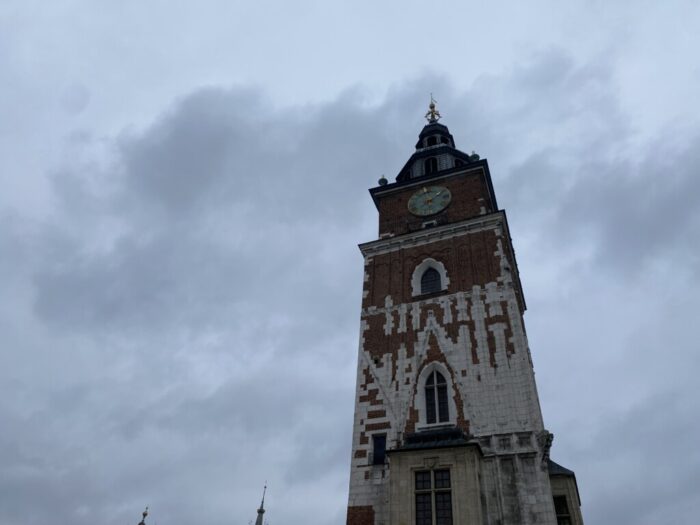
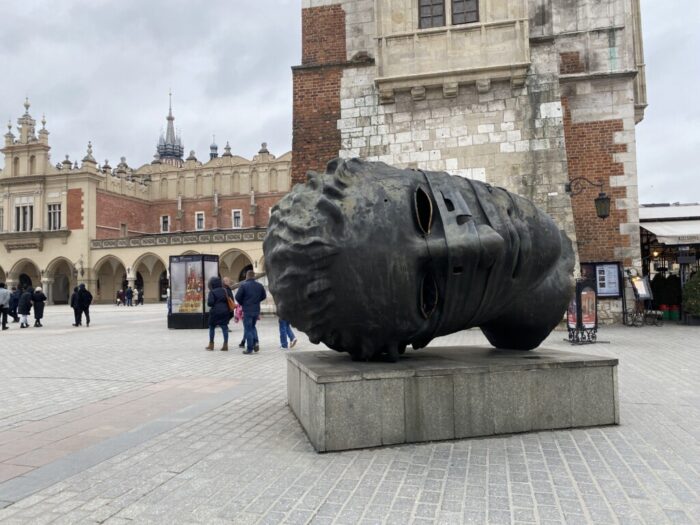
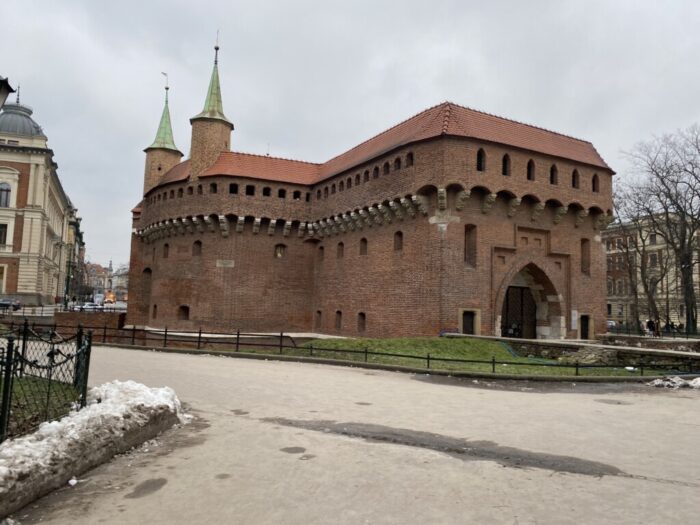

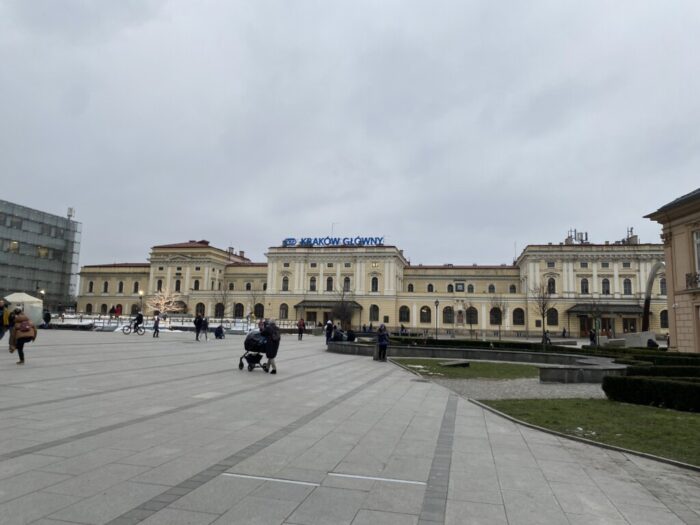
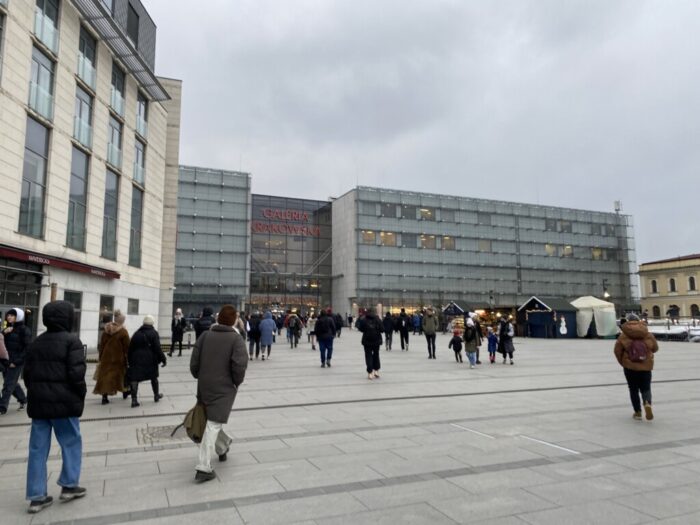







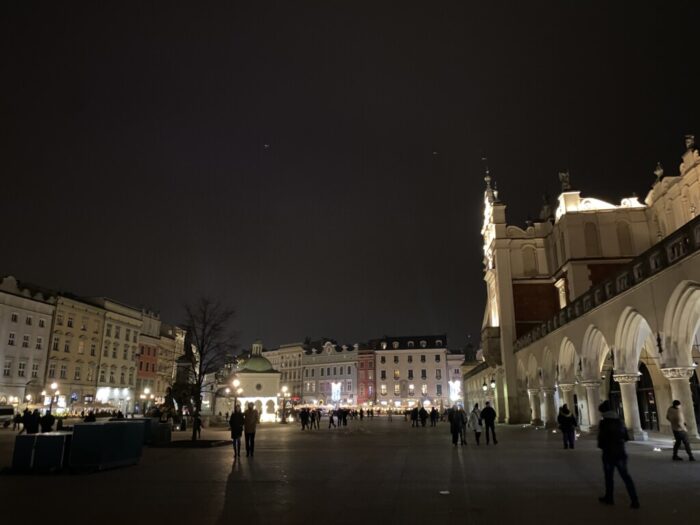
How to Get to Kraków
- Flights: Kraków John Paul II International Airport (KRK) is on the western side of the city.
- Car: Several of the larger roads in southern Poland find their way to Kraków. The city lies to the east of Katowice with Zakopane to the south and Tarnów to the east.
- Train: Kraków is one of Poland’s main train hubs. Regional, domestic, and international trains are departing and arriving at Kraków Główny. Domestic destinations include towns such as Katowice, Gdynia, Lublin, and Warsaw. International routes connect the city with European capitals such as Berlin, Bratislava, Budapest, and Prague.
The driving distance from 4 major Polish cities, according to Google Maps:
- Warsaw – 294 kilometers (3 h 10 min)
- Wrocław – 270 kilometers (2 h 40 min)
- Gdańsk – 596 kilometers (6 h 10 min)
- Lublin – 334 kilometers (3 h 20 min)
Looking to Explore more of Poland and Europe?

